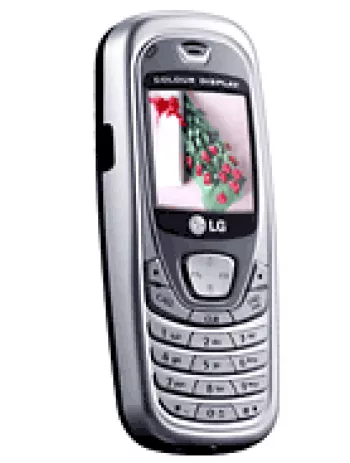
Introduction to LG B2070
The LG B2070, announced in the third quarter of 2005, represents a straightforward approach to mobile communication prevalent in its era. Designed as a feature phone, it targets users requiring basic functionalities rather than advanced smartphone capabilities. Its compact design and cost-effective attributes made it a viable choice for users seeking reliable connectivity without the complexities of modern smartphones.
Design and Body
The LG B2070 is characterized by its compact dimensions of 104 x 40 x 14 mm and a lightweight construction, weighing just 78 grams. This makes the device portable and comfortable to carry. The device utilizes a Mini-SIM card, a common standard during its time. Its Graphite Black color offers a classic and unassuming aesthetic, appealing to users preferring a subtle design.
Display
The phone features a modest LCD display, capable of rendering 65K colors. With a screen size of 1.6 inches and a resolution of 128 x 128 pixels, the display is designed to offer basic visual output primarily intended for textual information and simple graphics. The screen-to-body ratio is approximately 19.9%, which, although appearing minimal compared to modern standards, was typical for feature phones of that era.
Network and Connectivity
The LG B2070 operates on GSM technology, supporting 2G bands including GSM 900, 1800, and 1900. It is equipped with Class 10 GPRS for data connectivity but lacks EDGE technology, a standard that preceded 3G networks. This configuration supports essential communication needs such as calling and messaging across compatible networks. However, there is no support for WLAN or Bluetooth, restricting the device's ability to connect wirelessly to other devices or networks.
Memory
Memory management on the LG B2070 is straightforward, with no expandable storage via a card slot. Users are able to store up to 200 contacts within the phonebook, in line with the storage needs of basic mobile users. Additionally, the phone maintains logs for 15 dialed, 15 received, and 15 missed calls, providing sufficient call tracking for its target audience.
Sound and Audio
The device is equipped with a loudspeaker, facilitating hands-free communication and audible alerts. Users can personalize their experience with a range of downloadable polyphonic ringtones, although the absence of a 3.5mm audio jack limits options for private listening. The focus on loudspeaker functionality aligns with the basic needs of users during the time of its release.
Communication Features
Messaging capabilities include SMS, EMS, and MMS, catering to a range of text-based communication needs. Its WAP 2.0/xHTML browser provides limited web access, primarily for viewing simple web pages and information retrieval. The presence of FM radio offers an additional entertainment feature, serving users interested in listening to live broadcasts.
Battery Life
The device is powered by a removable Li-Ion battery with a capacity of 930mAh, which offers up to 200 hours of standby time. This endurance is reflective of the device's low power consumption, a characteristic common in feature phones given their limited range of functionalities compared to modern smartphones.
Gaming and Entertainment
In terms of entertainment, the LG B2070 features two pre-installed games. Although simple, these games provided entertainment for users during idle moments. Additionally, Java support extends possibilities for running basic applications compatible with the Java ME platform.
Conclusion
The LG B2070 is a quintessential feature phone from the mid-2000s, encapsulating the straightforward and practical design philosophy of that era. It caters to users with essential mobile communication needs, marked by its compact design, basic multimedia features, and reliable battery life. Although discontinued, the LG B2070 remains a testament to the evolving landscape of mobile technology and the user needs it sought to address during its time.
Key Features of LG B2070
- Lightweight design at only 78 g (2.75 oz)
- Compact dimensions: 104 x 40 x 14 mm
- 65K colors LCD display
- FM radio for entertainment
- Removable Li-Ion battery with up to 200 hours standby time
- Supports SMS, EMS, and MMS messaging
- Downloadable polyphonic ringtones
LG B2070 Drawbacks
- No EDGE support for faster data transfer.
- No camera available.
- Very limited display size and resolution (1.6 inches, 128 x 128 pixels).
- No card slot for additional memory expansion.
- Limited phonebook capacity with only 200 entries.
- Minimal call log capacity (15 dialed, 15 received, 15 missed calls).
- No Bluetooth or WLAN connectivity options.
- No positioning feature (GPS).
- No 3.5mm headphone jack.
- Uses a proprietary USB connection instead of standard USB.
View Also
More Phones
All Rights Reserved +14266 Phones © Mobilawy 2025

























